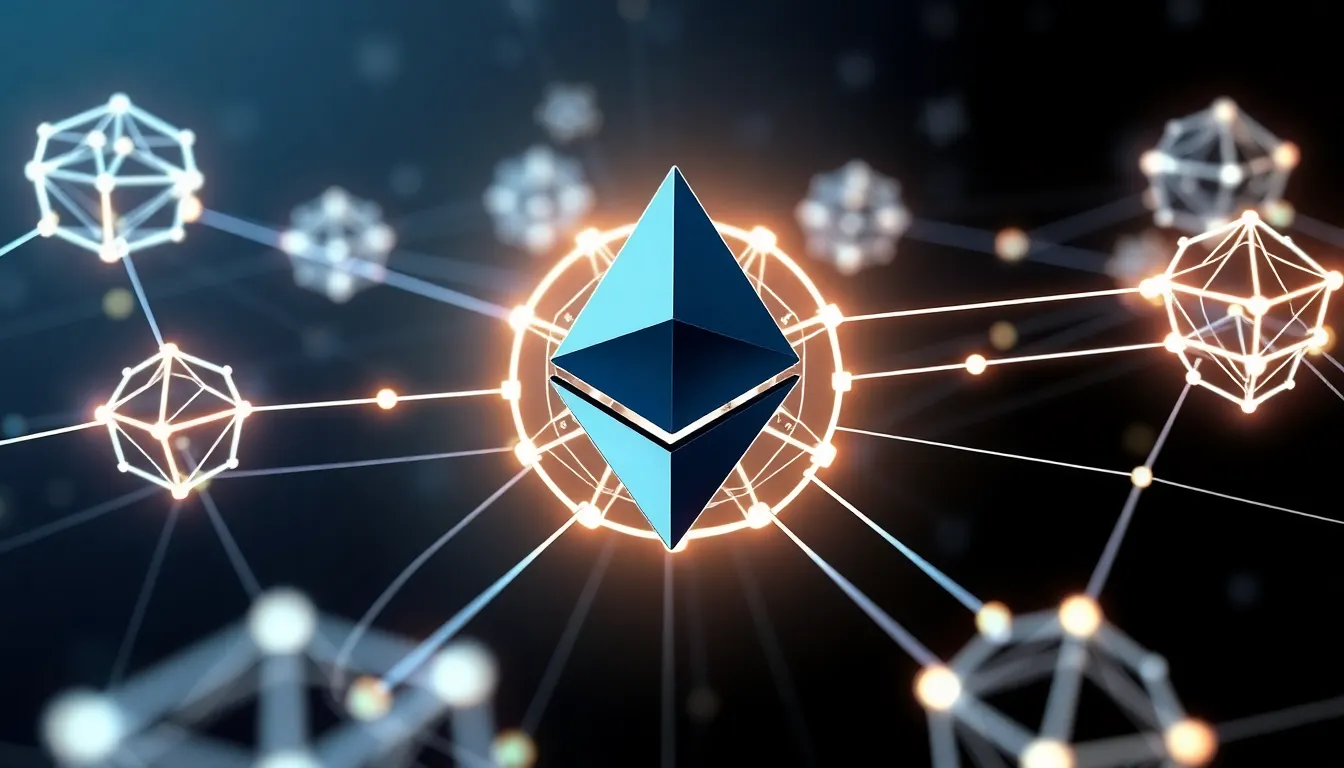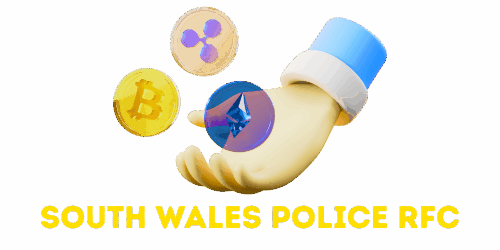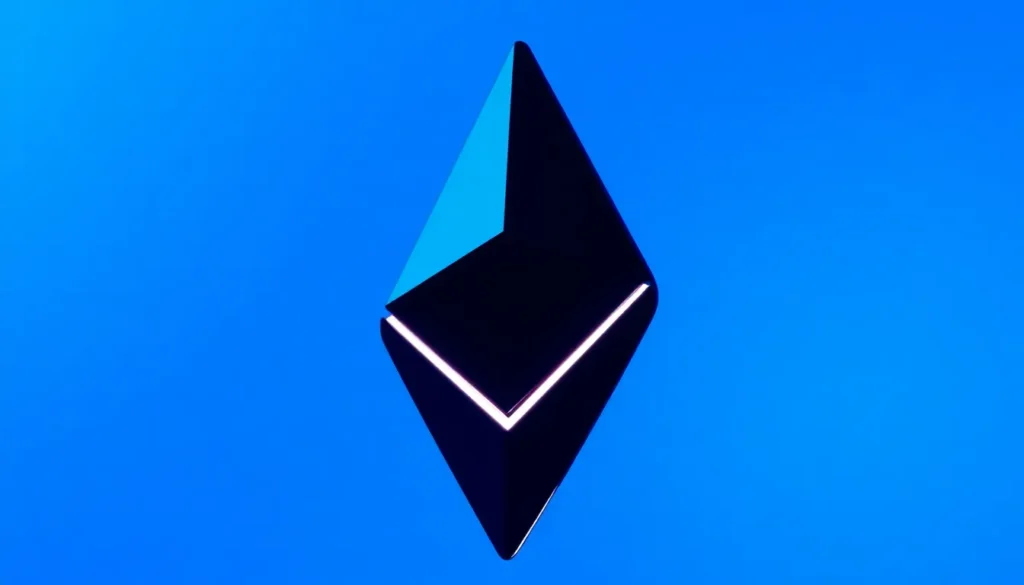Ethereum continues to evolve, solidifying its position as a leader in the blockchain space. With each update, it enhances its capabilities, addresses scalability issues, and improves security, making it a more attractive platform for developers and users alike. As the cryptocurrency landscape shifts, staying informed about these updates is crucial for anyone involved in blockchain technology.
Recent advancements, including the transition to Ethereum 2.0, have sparked significant interest. This upgrade promises to revolutionize how transactions are processed and validated, paving the way for a more efficient network. Understanding these changes not only helps users navigate the ecosystem but also unlocks new opportunities for innovation and investment.
Table of Contents
ToggleOverview of Ethereum Updates
Ethereum consistently evolves to enhance its capabilities and secure its position in the blockchain landscape. The transition to Ethereum 2.0 marks a significant upgrade, shifting from a proof-of-work (PoW) to a proof-of-stake (PoS) consensus mechanism. This transition minimizes energy consumption and improves transaction scalability.
Key Enhancements in Ethereum 2.0
- Scalability: Ethereum 2.0 implements shard chains. Shard chains divide the network into smaller, manageable pieces, allowing parallel transaction processing. This approach increases the overall throughput significantly.
- Security: PoS enhances security by reducing the likelihood of malicious attacks. Validators in the network secure their stakes, aligning their interests with network integrity.
- Reduced Energy Consumption: The shift to PoS contributes to lowering the network’s carbon footprint. Estimates suggest a reduction in energy usage by up to 99.95% compared to the PoW model.
Importance of EIPs
Ethereum Improvement Proposals (EIPs) play a crucial role in the ongoing development of Ethereum. These proposals drive enhancements and innovations. Notable EIPs include:
- EIP-1559: Introduced a new fee structure, improving the user experience by making transaction fees more predictable.
- EIP-9932: Focuses on enhancing interoperability with other chains, fostering a broader ecosystem.
Future Updates
Anticipated updates to Ethereum include:
- The Merge: Combining the PoW Ethereum mainnet with the PoS Beacon Chain. This event solidifies Ethereum’s commitment to sustainability and scalability.
- Continued shard implementation: Future phases will introduce more shards to increase network capacity, aiming for hundreds of thousands of transactions per second.
Understanding these updates empowers users to engage with Ethereum’s evolving ecosystem and leverage new opportunities for development and investment.
Recent Major Upgrades

Ethereum continually evolves through significant upgrades, strengthening its position in the blockchain ecosystem. Two major advancements include The Merge and sharding, which are crucial for enhancing scalability and efficiency.
The Merge: Transition to Proof of Stake
The Merge represents a pivotal upgrade, transitioning Ethereum from a proof-of-work (PoW) to a proof-of-stake (PoS) consensus mechanism. This shift enhances security by requiring validators to stake ETH, making it costly to attempt fraudulent activities. The PoS model drastically reduces energy consumption—by up to 99.95%—while maintaining network integrity. Additionally, The Merge facilitates improved transaction validation speeds, allowing Ethereum to process more transactions per second, paving the way for broader adoption in decentralized finance (DeFi) and non-fungible tokens (NFTs).
Sharding and Scalability Improvements
Sharding acts as a cornerstone for Ethereum’s scalability enhancements. By dividing the blockchain into smaller, manageable pieces called shards, Ethereum allows parallel processing of transactions across the network. This architecture significantly increases throughput, enabling the network to handle millions of transactions simultaneously. Sharding not only enhances transaction speed but also reduces the overall cost of transactions, making Ethereum more accessible. These improvements reinforce Ethereum’s capacity to support an expanding range of applications and services while ensuring robust performance as demand grows.
Upcoming Features and Proposals
Ethereum continues to evolve with several upcoming features and proposals aimed at enhancing its functionality and performance. These initiatives focus on improving user experience, scalability, and interoperability within the blockchain ecosystem.
EIPs (Ethereum Improvement Proposals)
EIPs play a vital role in the development of Ethereum, introducing new standards and improvements. Recent notable EIPs include:
- EIP-1559: Adjusts the transaction fee model, introducing a base fee that changes according to network demand, improving fee predictability and enhancing user experience.
- EIP-9932: Focuses on interoperability, allowing Ethereum to communicate more effectively with other blockchain networks, fostering a more interconnected ecosystem.
- EIP-4844: Aimed at introducing “proto-danksharding,” this proposal seeks to improve data availability and lower transaction costs, which is essential for large-scale decentralized applications.
These EIPs contribute significantly to Ethereum’s ongoing enhancements, addressing community feedback and the evolving landscape of blockchain technology.
Layer 2 Solutions
Layer 2 solutions are critical for improving Ethereum’s scalability. They operate on top of the Ethereum blockchain and facilitate faster transactions at lower costs. Key Layer 2 solutions include:
- Optimistic Rollups: These solutions bundle multiple transactions into a single batch. They assume transactions are valid, allowing for quick processing, while security is maintained through a challenge mechanism.
- ZK-Rollups: Utilizing zero-knowledge proofs, ZK-Rollups ensure the validity of transactions, providing a higher level of privacy and security. They reduce transaction load on the main chain and enhance throughput.
- Polygon: A framework for building and connecting Ethereum-compatible blockchain networks, Polygon aims to improve scalability and user experience by enabling multi-chain ecosystems.
Layer 2 solutions play an essential role in Ethereum’s future, alleviating network congestion and supporting a wider range of applications.
Impact on the Ethereum Ecosystem
Ethereum updates significantly influence the ecosystem, particularly in decentralized finance (DeFi) and decentralized applications (dApps). Key enhancements drive growth, adaptability, and user engagement in these sectors.
Changes in DeFi and dApps
Updates such as Ethereum 2.0 and various EIPs bolster DeFi protocols and dApps. The transition to a proof-of-stake (PoS) mechanism increases transaction speeds and lowers costs, enhancing user experiences. Ethereum 2.0 enables DeFi platforms to scale efficiently, attracting more users and liquidity. EIP-1559 improves transaction fee structures, resulting in better predictability for dApp developers and users. Protocols like Uniswap and Aave benefit from these upgrades, experiencing greater transaction volumes and lower gas fees. Additionally, Layer 2 solutions like Optimistic Rollups and ZK-Rollups support DeFi initiatives, allowing faster and cheaper transactions, thus expanding the offerings of dApps on Ethereum.
Market Response and Community Feedback
Market reactions to Ethereum updates indicate strong support and optimism within the community. Following significant upgrades like The Merge, many users reported improved transaction experiences and reduced energy costs, leading to increased adoption. Developers praised the scalability improvements, encouraging innovation across various projects. Community discussions highlight enthusiasm for upcoming features, such as proto-danksharding from EIP-4844, which aims to enhance data availability. Surveys and feedback channels reflect a positive sentiment towards Ethereum’s direction, as stakeholders recognize potential for growth and sustainability within the ecosystem. This collective response underscores Ethereum’s role as a leader in blockchain technology, facilitating a vibrant and evolving marketplace.
Ethereum’s ongoing updates position it as a frontrunner in the blockchain landscape. The transition to Ethereum 2.0 and the introduction of key EIPs demonstrate a clear commitment to enhancing scalability and security while promoting sustainability. As these advancements unfold they not only improve user experience but also foster greater engagement in decentralized finance and applications.
The community’s positive response highlights a shared optimism for Ethereum’s future. Staying informed about these developments is crucial for anyone looking to leverage the potential of this evolving platform. With each upgrade Ethereum continues to solidify its role as a leader in innovation and efficiency within the blockchain ecosystem.








